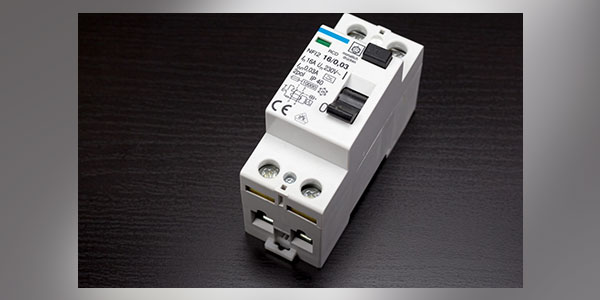by Stephen Jones, Senior Government Relations Regional Manager, International Code Council
From superstorms to fires and floods, over 62 million people worldwide were impacted by extreme weather in 2018, according to a recent report by the United Nations. In the U.S. alone, this rise in extreme weather events is having a devastating effect. Researchers at National Oceanic and Atmospheric Administration (NOAA) estimate the cost of damage in the U.S. over the last five years has been approximately $500 billion. Now more than ever, it is imperative that buildings and structures are designed and built using the most up-to-date building codes to allow for maximum safety, resilience and sustainability.
Building codes frame the work of electricians, architects and plumbers, to name a few, and are what building tradespeople live by. Not only do building codes provide a standard benchmark that contractors must meet, they establish a building’s safety and energy performance for years to come. In recent years, we’ve seen their importance in preserving building resilience and durability in the face of increasingly severe weather events.
In the U.S., the federal government does not standardize building codes for the entire nation. Rather, model building codes are developed by private-sector institutions like the International Code Council (ICC). States and/or local municipalities then adopt these codes with slight modifications that best suit their geographical or constituent needs. The need for a standard method of construction codes across all states was recognized by builders in order to have a level playing field across state and company lines.
In order to meet the concerns expressed by the public and industry regarding code consistency, the ICC developed its first “I-Codes” in 1997. The family of I-Codes is the most comprehensive set of model codes which operate seamlessly across all construction disciplines. An integrated family of coordinated, modern building safety codes, the I-Codes help ensure the safe, sustainable, affordable and resilient design of building and structures. It is the most widely accepted set of model codes used in the U.S. All fifty states, the District of Columbia, and many other countries have adopted components of the I-Codes at the national, state or jurisdictional level.
While safety is the primary goal, new energy codes are making a major contribution toward solving our energy problems. To date, the International Energy Conservation Code (IECC) has saved U.S. consumers over $44 billion and avoided 36 million tons of carbon dioxide emissions. Between 2010 and 2040, the U.S. Department of Energy expects that model building energy codes, such as the IECC, will save homeowners and businesses up to $126 billion in energy costs.
The National Model Building codes, produced by the Codes Council, are updated every three years to ensure that the construction design professionals and building trades are implementing the latest technological and safety provisions available. As climates and high-tech landscapes are evolving and changing, preparing to meet the future challenges of resilience requires buildings to perform more efficiently and be ready to stand up to physical challenges that were unimaginable just a decade ago.
Stephen D. Jones, MS, CBO, NJCEM
Stephen D. Jones, CBO, MCP, MS, NJCEM is the Senior Government Relations Regional Manager for the International Code Council responsible for the states of North Carolina, South Carolina, Tennessee and New Jersey. Jones is a past-president of the International Code Council’s Board of Directors and a sitting Governor for the World Organization of Building Officials. Additionally, he is a former member of the Board of Direction for the National Council of Governments on Building Codes and Standards for the National Institute of Building Sciences as well as having served as a member of the International Accreditation Services Board of Directors. Jones obtained professional designations as a Master Code Professional (MCP) and a Certified Building Official (CBO); which are the highest designations available in his field.



